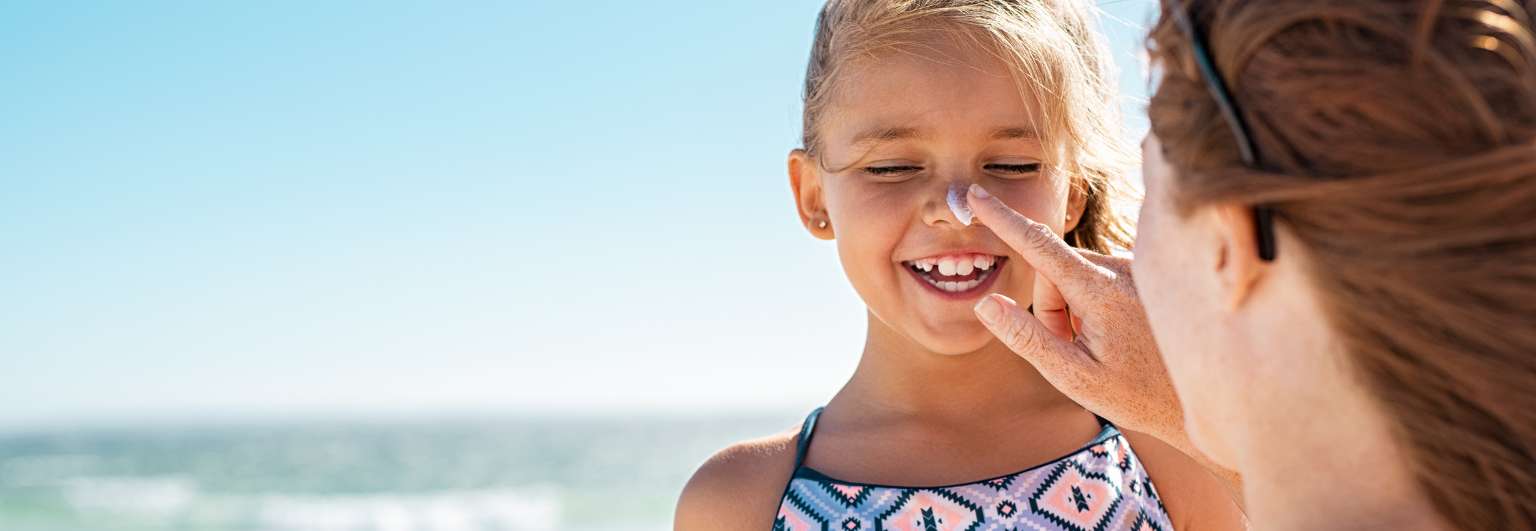
03 Aug Summer Sun Safety
August is Summer Sun Safety Month! As temperatures rise and the sun shines, it’s the perfect time to enjoy outdoor activities and soak up some vitamin D. However, it’s important to keep in mind that too much exposure from the sun can also lead to various health risks, including sunburn, heatstroke, and long-term skin damage.
Here are some summer sun safety tips that everyone should be aware of:
Apply Sunscreen Regularly
- Before heading outdoors, ensure you apply sunscreen with a minimum SPF 30. Sunscreen is not just for bright sunny days; even on cloudy days, harmful UV rays can reach your skin. So, make sure to lather up to shield yourself from potential damage. Reapply every two hours, or more frequently if you’ve been swimming or sweating.
Seek Shade During Peak Hours
- The sun is strongest between 10 am and 4 pm. If possible, plan outdoor activities earlier in the morning or later in the afternoon, to avoid being out when the sun’s rays can be the harshest on your skin. When the sun is at its peak, find shade to protect yourself from direct exposure.
Wear Protective Clothing
- When spending time outdoors, consider covering up with lightweight, long-sleeved shirts, pants, and hats. Choose tightly woven fabrics that create an additional barrier against the sun’s harmful rays. Additionally, protect your eyes by wearing UV-blocking sunglasses to prevent UV radiation from causing long-term damage.
Stay Hydrated
- Drink plenty of water throughout the day, even if you don’t feel thirsty. Staying hydrated is a great way to keep your skin hydrated, decreasing your chances of skin damage. Avoid drinking excess amounts of alcohol and caffeine, as they can contribute to dehydration.
Stay Alert Near Water
- If you plan to hit the beach or the pool, be mindful of the sun’s reflection off the water, as it can intensify UV exposure. Ensure you’re wearing water-resistant sunscreen and reapply after swimming.
Know the Signs of Heat-Related Illnesses
- Familiarize yourself with the symptoms of heat exhaustion and heatstroke, such as dizziness, nausea, confusion, and rapid pulse. If you or someone else experiences these symptoms, move to a cooler place, hydrate, and seek medical attention if necessary.
By following these effective summer sun safety tips, you can enjoy the summer season while minimizing the risk of sun-related health issues. Prioritize your safety and well-being, as well as those around you.
We can help walk you through all these safety tips to ensure you are risk-free.
To find out more, contact one of our talented Risk Advisors today!


No Comments